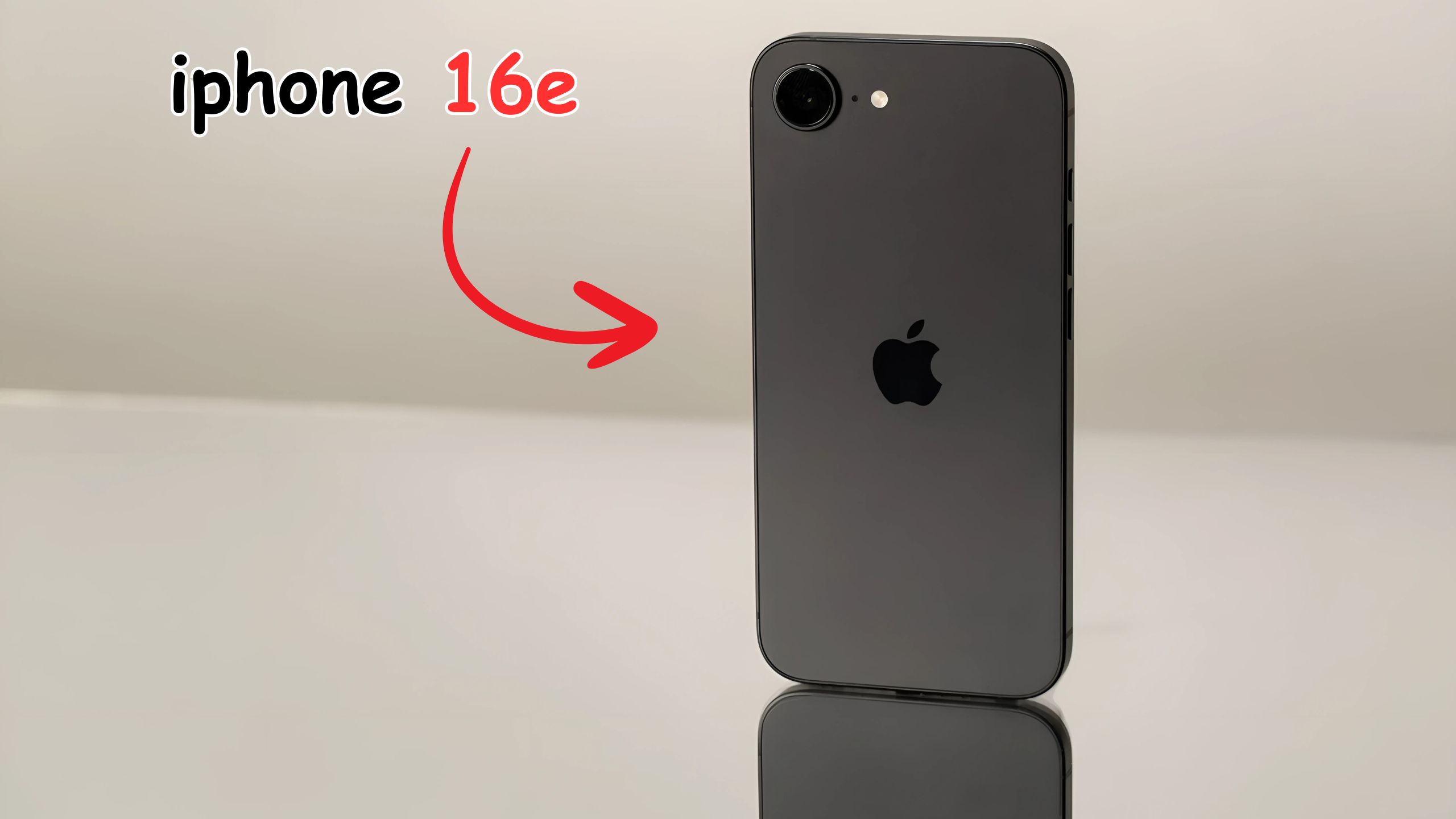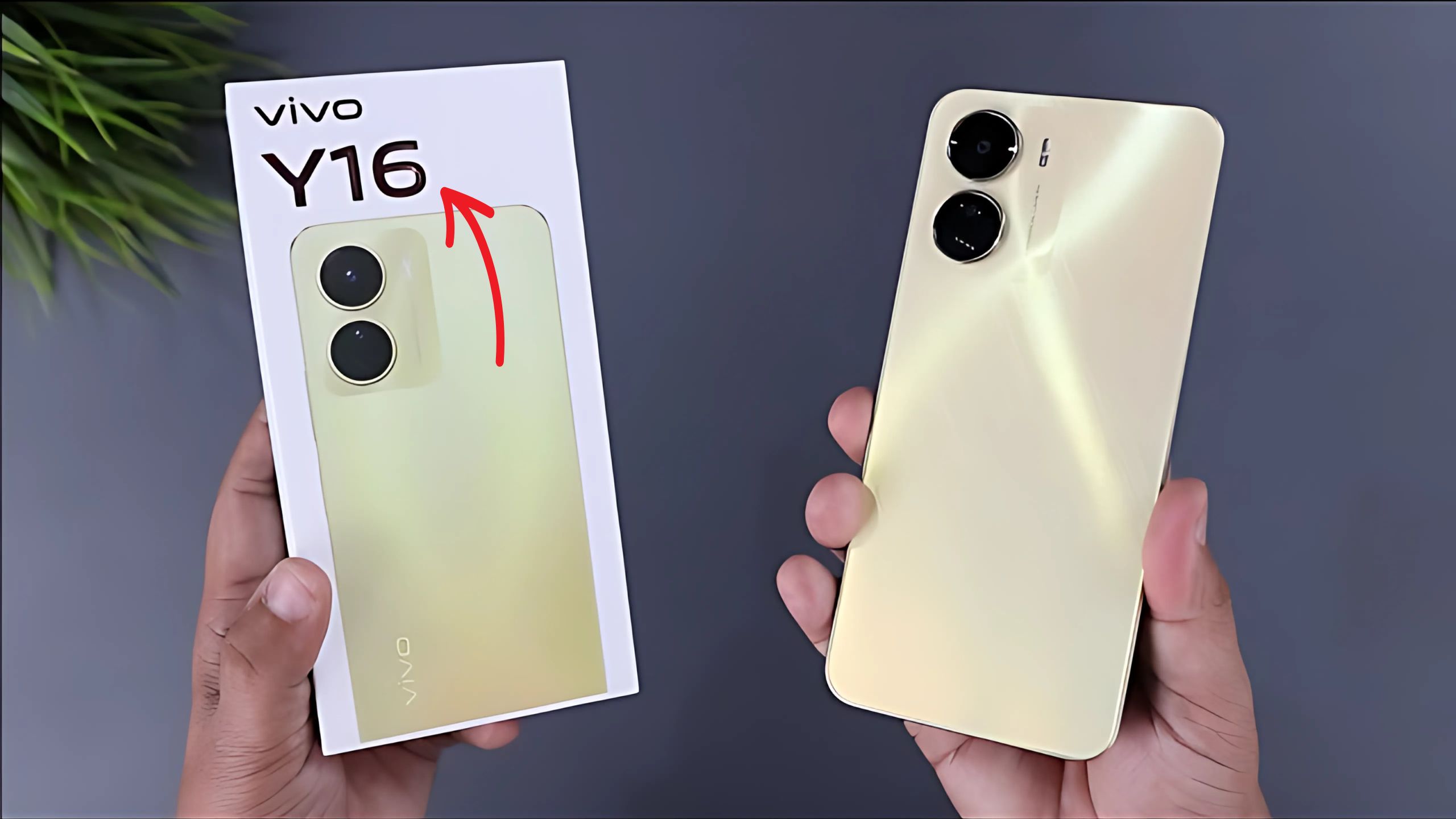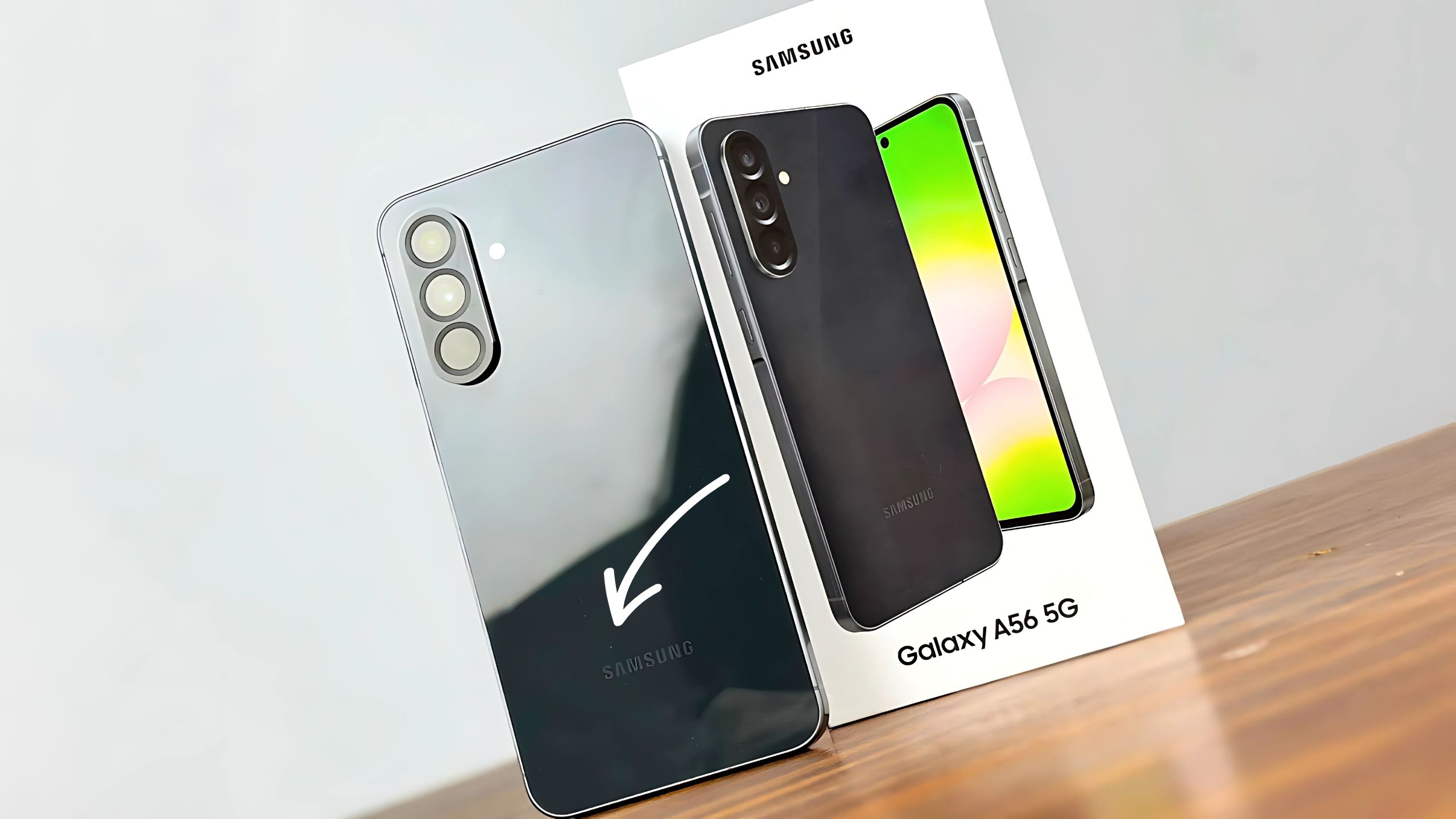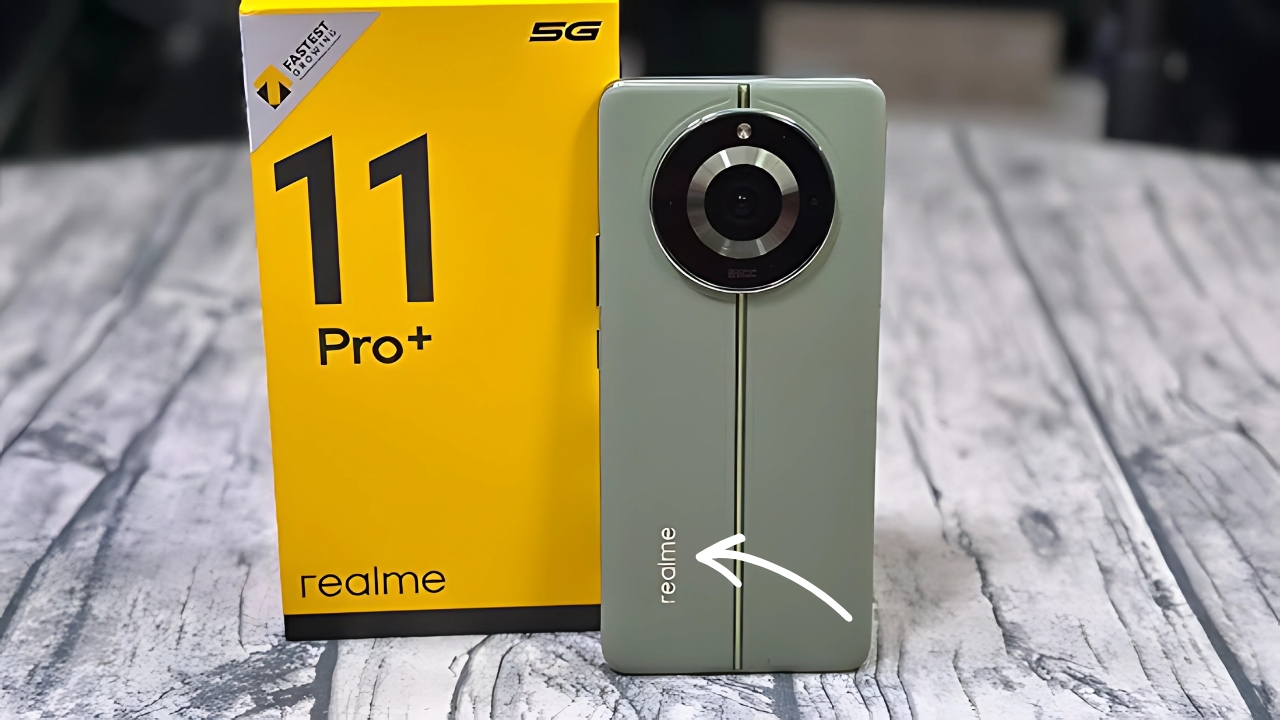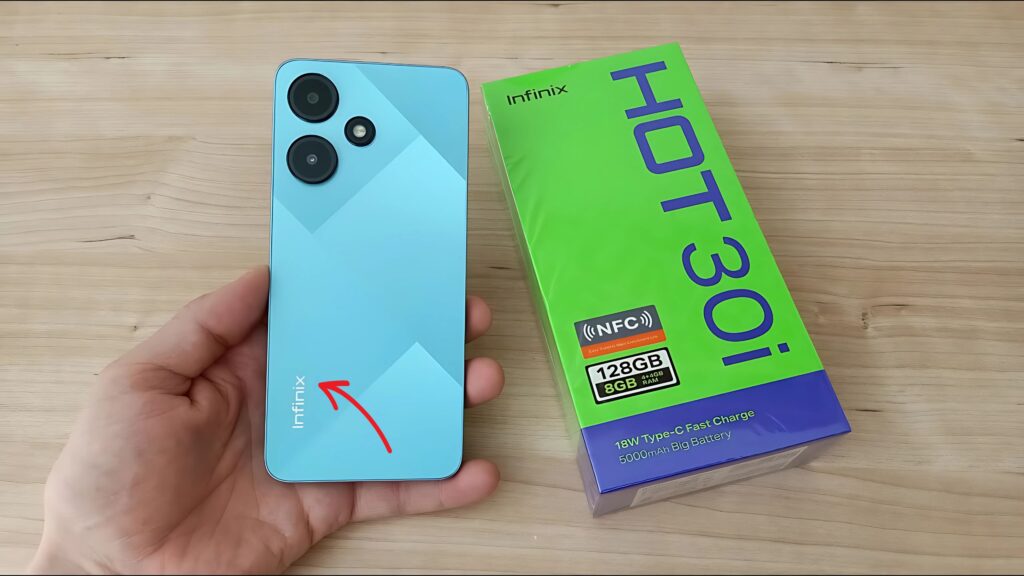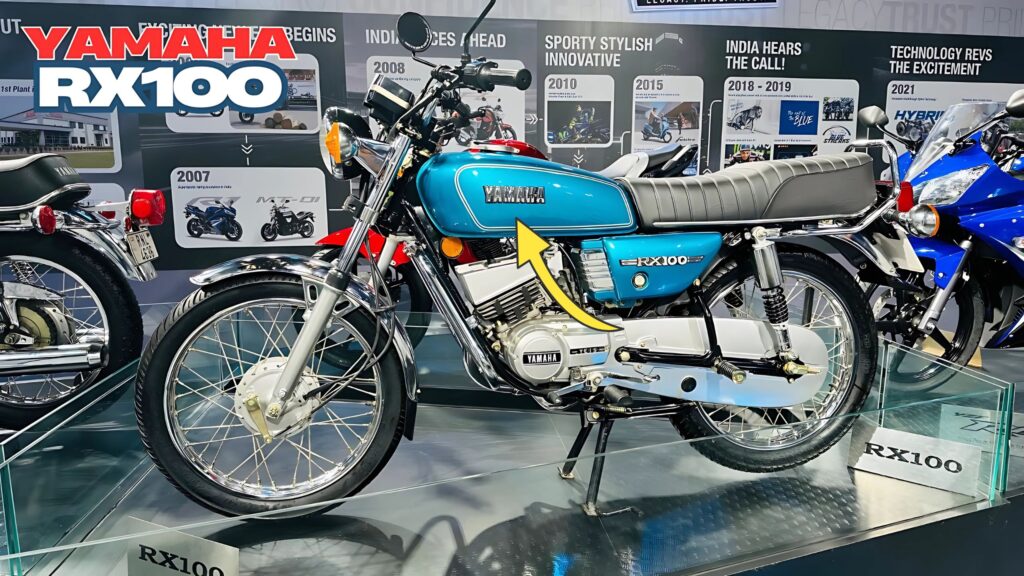Samsung Galaxy Z Fold 6: In the rapidly evolving landscape of foldable smartphones, Samsung’s Galaxy Z Fold series has consistently defined the cutting edge of what’s possible in mobile form factors.
Now, with the sixth iteration of its flagship foldable, Samsung demonstrates that meaningful innovation emerges not merely from revolutionary leaps but through thoughtful refinement of an already compelling concept.
The Galaxy Z Fold 6 represents the most mature expression of Samsung’s foldable vision yet—a device that addresses previous limitations while further developing the unique capabilities that make this form factor increasingly indispensable for power users.
Samsung Galaxy Z Fold 6: Design Evolution Meaningful Refinements
The Galaxy Z Fold 6 immediately distinguishes itself from predecessors through a series of deliberate design refinements that collectively transform the user experience.
Most noticeably, the device adopts a wider aspect ratio for both displays—the cover screen expanding to a more conventional 21:9 ratio that improves one-handed usability, while the inner display shifts to approximately 20:18 for enhanced productivity.
This adjustment addresses perhaps the most persistent criticism of previous models: the awkwardly narrow cover display that compromised typing accuracy and content consumption.
Equally significant is the substantial reduction in thickness. When folded, the Z Fold 6 measures just 12.1mm at its thickest point—a 2.5mm reduction from the previous generation that dramatically improves pocket comfort and everyday portability.
When unfolded, the device thins to an impressive 5.6mm, approaching the dimensions of conventional flagship smartphones despite its complex hinge mechanism.
This achievement comes through advances in both internal component layout and materials science, with Samsung employing new composite alloys in structural elements.
The hinge mechanism itself undergoes complete redesign, adopting what Samsung terms “Flex Adaptive” technology that virtually eliminates the visible crease while improving durability.
This system dynamically adjusts tension across the fold to distribute stress more evenly, resulting in both improved reliability (rated for 300,000 fold cycles) and a nearly imperceptible crease that remains visible only at extreme viewing angles.
The hinge now supports stable positioning at angles between 75-115 degrees, improving flexibility for video calls, content consumption, and multitasking scenarios.
Material selection demonstrates Samsung’s growing confidence in foldable durability.
The outer frame utilizes “Armor Aluminum 2.0″—a proprietary alloy offering 10% improved tensile strength compared to previous implementations while maintaining lightweight characteristics.
The cover display receives Corning’s latest Gorilla Glass Victus 3, while the inner display employs an enhanced version of Samsung’s Ultra Thin Glass with improved scratch resistance through modified composition and manufacturing processes.
The device maintains IPX8 water resistance while adding limited dust protection through enhanced hinge sealing—still falling short of full IP68 certification but representing meaningful progress for the category.
Available in Phantom Black, Silver Shadow, Cobalt Violet, and the new Emerald Green, the colorways span conservative to expressive while maintaining the device’s premium positioning through sophisticated finish quality.
The matte-textured rear glass effectively resists fingerprints, while the frame features a subtle brushed finish that adds visual interest without compromising grip.
Display Excellence: Visual Innovation
The Galaxy Z Fold 6 centers its user experience around two exceptional displays that represent the pinnacle of Samsung’s panel technology.
The cover screen expands to 6.5 inches with 2340 x 1080 resolution (399 ppi), while the inner display measures 7.8 inches with 2268 x 1892 resolution (382 ppi).
Both panels employ Dynamic AMOLED 2X technology with variable refresh rate capabilities ranging from 1Hz to 120Hz, adapting dynamically to content requirements for optimal battery efficiency.
Peak brightness increases substantially, with both displays capable of reaching 2,700 nits in HDR highlights—ensuring comfortable visibility even under direct sunlight while providing the necessary range for impactful HDR content presentation.
Color accuracy impresses equally, with factory calibration achieving Delta E values below 1.0 across both panels and comprehensive color management options for professional users.
The inner display introduces “Flex Layer” technology that adds a shock-absorbing element between the Ultra Thin Glass and the display panel itself.
This innovation improves impact resistance while contributing to the reduced crease visibility, addressing two primary concerns about foldable durability.
The screen protector, previously a point of controversy when users attempted removal, now integrates more seamlessly with improved adhesive technology that prevents edge lifting while maintaining replaceable design for service purposes.
S Pen functionality returns with enhanced capabilities, now featuring reduced latency (2.8ms, down from 4.1ms) and improved pressure sensitivity (4,096 levels).
The digitizer layer’s integration with the display improves, eliminating the subtle visual interference sometimes visible in previous generations when viewed at certain angles.
While the S Pen remains an optional accessory without integrated storage, Samsung’s case ecosystem provides numerous options for convenient carrying.
Performance and Productivity: Computational Power
Powering the Z Fold 6 is the Qualcomm Snapdragon 8 Gen 3 for Galaxy—a custom version of Qualcomm’s flagship silicon featuring higher clock speeds and enhanced GPU performance compared to standard implementations.
This chipset pairs with 16GB of LPDDR5X RAM as standard across all configurations, ensuring ample memory for the demanding multitasking scenarios the form factor encourages.
Storage options include 256GB, 512GB, and 1TB tiers of UFS 4.0 flash memory, with sequential read speeds approaching 4,000MB/s—a substantial improvement over previous generations that benefits both application loading and file operations.
This speed enhancement proves particularly valuable when working with large documents, editing high-resolution media, or switching between multiple demanding applications.
Thermal management receives particular attention, with a vapor chamber cooling system that spans both segments of the device when unfolded.
This design effectively dissipates heat during sustained workloads, preventing the performance throttling that affected previous generations during extended productivity sessions or gaming.
The system dynamically adjusts performance characteristics based on device orientation and ambient conditions, ensuring consistent responsiveness without compromising reliability.
Battery capacity expands modestly to 4,600mAh (from 4,400mAh), while improved power efficiency from both hardware and software optimization delivers approximately 15% longer runtime despite the larger displays.
Charging capabilities include 45W wired fast charging via USB-C (filling the battery from empty to 65% in approximately 30 minutes), 15W wireless charging with compatible stands, and 4.5W reverse wireless charging for accessories.
Software Experience: Redefined Multitasking
The Z Fold 6 ships with One UI 6.1.1 based on Android 15, featuring substantial refinements to the foldable experience.
Samsung’s commitment to software support extends to four years of Android version updates and five years of security patches—an industry-leading position that acknowledges the significant investment the device represents and its likely longevity in users’ hands.
Multitasking capabilities expand through “Flex Mode Panel 2.0,” which intelligently adapts applications to the partially folded configuration.
Video calls automatically position participants on the upper portion while moving controls to the lower section.
Content creation applications separate preview and editing functions across the fold, while productivity tools display content above and input methods below.
This thoughtful adaptation transforms what could be viewed as an awkward intermediate state into a genuinely useful configuration for specific tasks.
Split-screen functionality receives substantial enhancement through “Advanced Split View,” which allows up to four applications to operate simultaneously with customizable layout options.
Windows can be arranged in various configurations, resized through intuitive drag handles, and saved as task-specific presets for rapid deployment.
This implementation acknowledges that the primary value proposition of the larger inner display lies in concurrent application access rather than simply larger content viewing.
The taskbar evolves into a more desktop-like implementation, remaining persistently visible during most operations while providing access to recent and pinned applications.
Enhanced drag-and-drop functionality works across virtually all applications, allowing content to move seamlessly between windows without artificial limitations.
These refinements collectively transform the software experience from novel experiment to genuine productivity enhancement—a crucial evolution for justifying the form factor’s premium positioning.
Camera System: Computational Photography
The camera system combines hardware excellence with sophisticated computational approaches that extract maximum capability from the physical components.
The primary array includes a 50-megapixel main sensor with optical image stabilization, a 12-megapixel ultra-wide lens with 120-degree field of view, and a 10-megapixel telephoto providing 3x optical zoom.
While these specifications appear similar to previous generations, substantial improvements in sensor technology and image processing deliver noticeably enhanced results, particularly in challenging lighting conditions.
The under-display camera beneath the inner screen improves to 16 megapixels with enhanced light sensitivity, though image quality still falls short of conventional front-facing implementations.
This camera primarily serves video calling purposes when using the unfolded display, with Samsung acknowledging its quality limitations by encouraging users to employ the superior cover screen camera for important selfie photography.
Video capabilities expand to include 8K recording at 30fps from the main camera, with enhanced electronic stabilization that complements the optical system for remarkably smooth footage. “
Director’s View” allows simultaneous recording from multiple cameras, while “Object-Aware AI” automatically tracks and maintains focus on designated subjects throughout recording.
Comparative Analysis
| Feature | Galaxy Z Fold 6 | Galaxy Z Fold 5 | iPhone 16 Pro Max |
|---|---|---|---|
| Cover Display | 6.5″ 2340×1080, 21:9 | 6.2″ 2316×904, 23.1:9 | N/A (non-folding) |
| Inner Display | 7.8″ 2268×1892, 20:18 | 7.6″ 2176×1812, 21.6:18 | N/A (non-folding) |
| Thickness (Folded) | 12.1mm | 14.6mm | 8.25mm |
| Thickness (Unfolded) | 5.6mm | 6.1mm | N/A (non-folding) |
| Weight | 239g | 253g | 227g |
| Processor | Snapdragon 8 Gen 3 for Galaxy | Snapdragon 8 Gen 2 for Galaxy | A18 Pro |
| RAM | 16GB LPDDR5X | 12GB LPDDR5X | 8GB |
| Battery | 4,600mAh | 4,400mAh | 4,750mAh |
| Main Camera | 50MP OIS f/1.8 | 50MP OIS f/1.8 | 48MP OIS f/1.78 |
| Charging | 45W wired, 15W wireless | 25W wired, 15W wireless | 25W wired, 15W MagSafe |
| Durability | IPX8 + enhanced dust resistance | IPX8 | IP68 |
| S Pen Support | Yes (2.8ms latency) | Yes (4.1ms latency) | No |
| Price (Starting) | ₹1,64,999 | ₹1,54,999 | ₹1,59,900 |
Key Highlights:
-
Wider aspect ratios for both displays improving usability
-
Substantially reduced thickness enhancing portability
-
Redesigned hinge minimizing crease while improving durability
-
Enhanced water and dust resistance through improved sealing
-
Brighter displays with 2,700 nits peak brightness
-
Improved S Pen experience with reduced latency
-
16GB RAM standard across all configurations
-
Advanced multitasking with four-app split screen capability
-
Persistent taskbar for improved productivity workflow
-
Refined Flex Mode adapting interfaces to partially folded state
-
Enhanced camera system with computational photography
-
Four years of Android updates and five years of security patches
-
Improved thermal management preventing performance throttling
-
45W fast charging providing rapid power replenishment
-
Enhanced under-display camera for video calling
-
Customizable gesture controls for multitasking shortcuts
-
Expanded DeX capabilities for desktop-like experience
-
Enhanced durability with Armor Aluminum 2.0 frame
-
Reduced weight improving long-term comfort
-
Ecosystem integration with Galaxy Watch and Buds
Samsung Galaxy Z Fold 6
The Galaxy Z Fold 6 represents Samsung’s most refined expression of the foldable concept to date—a device that addresses persistent criticisms of previous generations while enhancing the unique capabilities that differentiate this form factor.
The wider aspect ratios, reduced thickness, and improved crease management collectively transform the everyday usability from compromise to genuine advantage, while the sophisticated multitasking implementation increasingly justifies the premium positioning through tangible productivity benefits.
Perhaps most significantly, the Z Fold 6 demonstrates Samsung’s evolving approach to innovation.
Rather than pursuing specification extremes or flashy gimmicks, this iteration focuses on thoughtful refinements that enhance practical utility—the hallmark of a maturing product category transitioning from experimental curiosity to essential tool.
The comprehensive ecosystem of accessories, software optimizations, and service offerings further reinforces this transition, acknowledging that the value proposition extends beyond the hardware itself to encompass the complete ownership experience.
As competing manufacturers enter the foldable space with increasingly capable alternatives, Samsung’s experience advantage becomes evident through the numerous subtle refinements that only emerge through multiple product generations.
The Z Fold 6 doesn’t merely incorporate the latest components; it reflects a sophisticated understanding of how users actually interact with foldable devices and the specific pain points that required addressing.
This user-centered approach to iteration ensures the device feels less like a technology showcase and more like a thoughtfully crafted tool for modern mobile computing.
For users seeking the most versatile mobile device currently available—one capable of adapting to diverse usage scenarios from compact communication tool to immersive media consumption device to productivity powerhouse—the Galaxy Z Fold 6 presents a compelling proposition.
While the premium pricing ensures it remains positioned as a specialty device rather than mainstream solution, the value equation continues to improve with each generation as the unique benefits of the form factor become increasingly refined and the compromises increasingly minimal.


